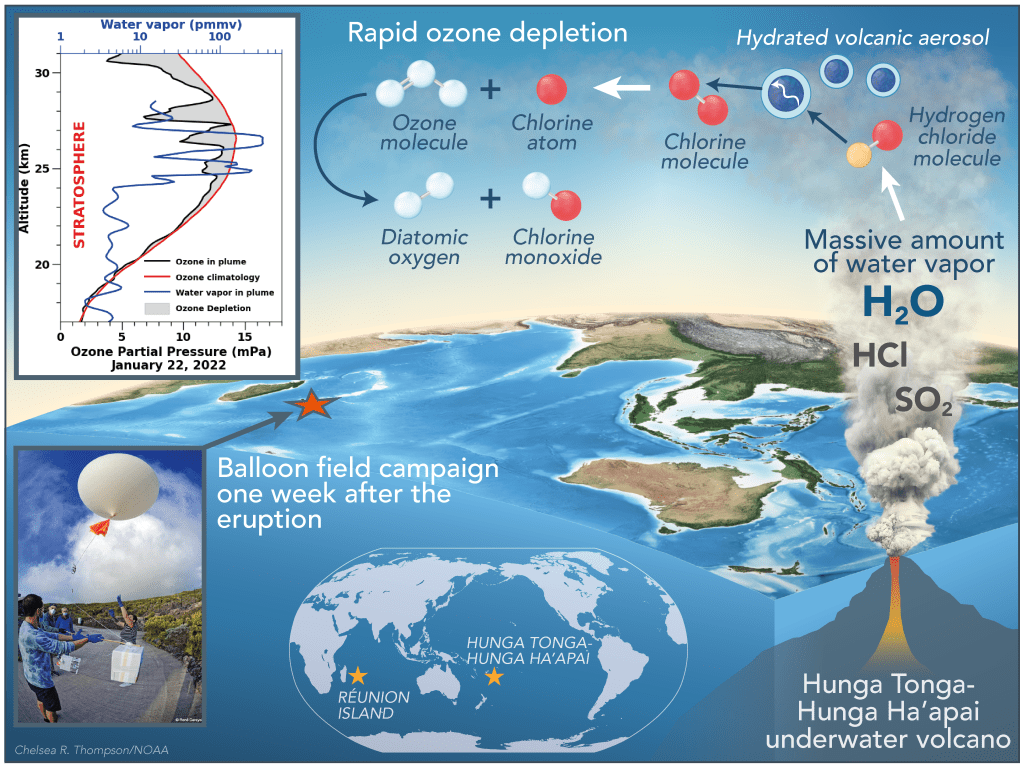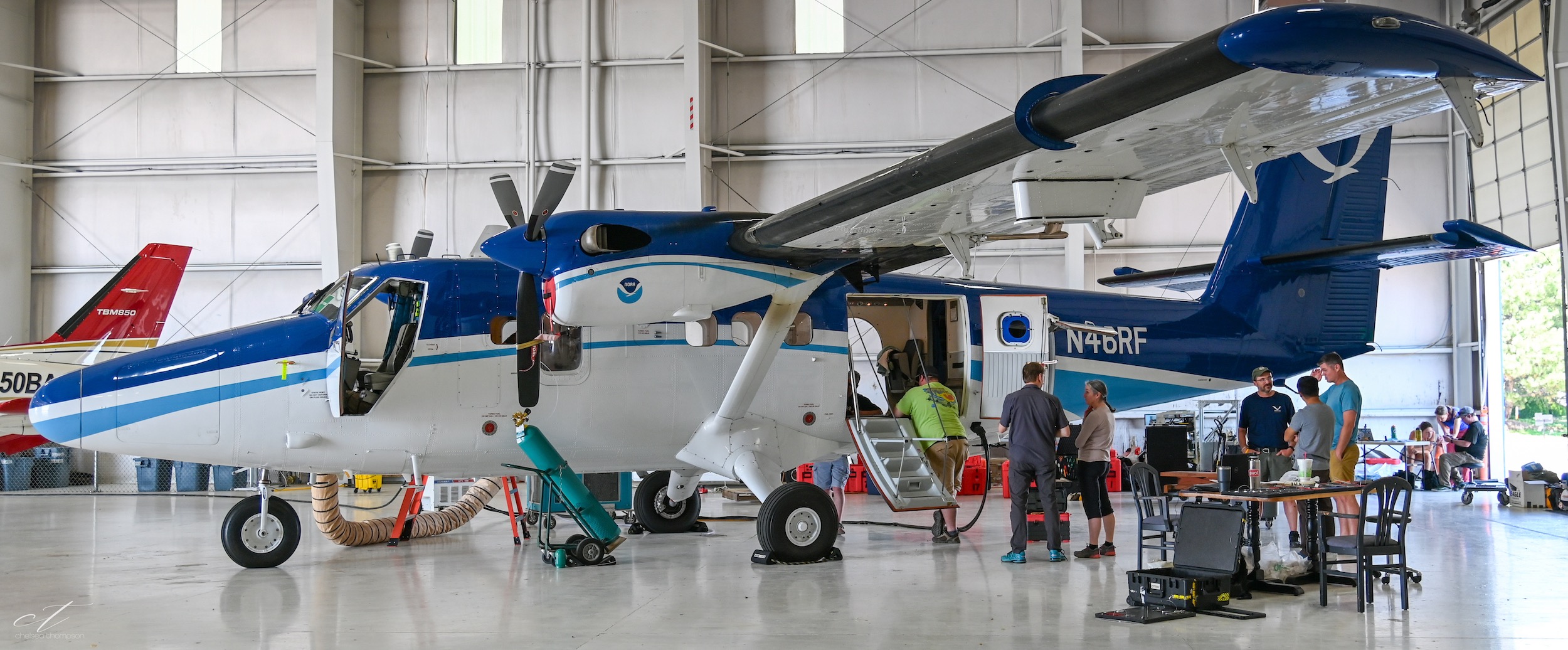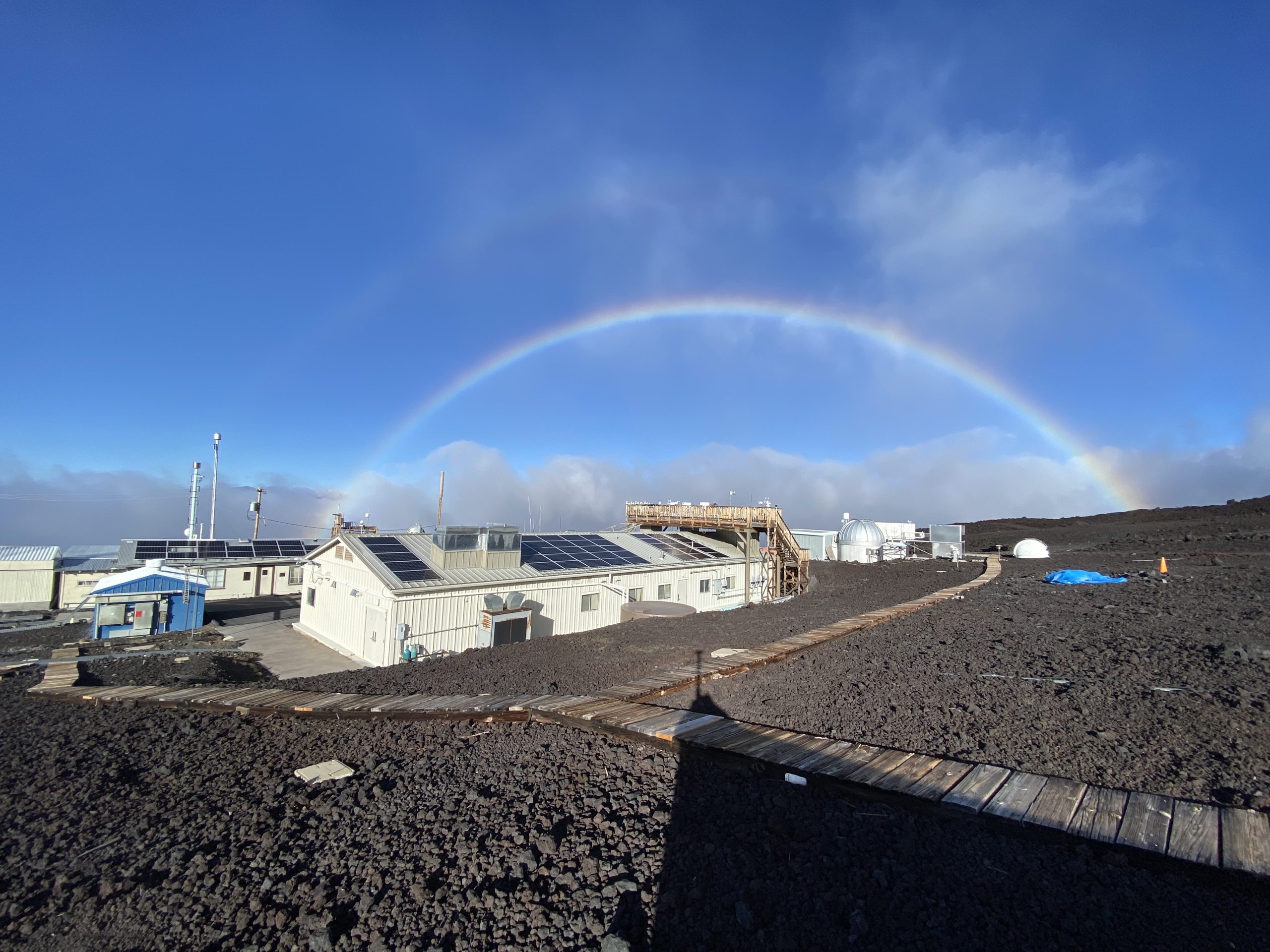The eruption of the Hunga Tonga-Hunga Ha’apai volcano on January 15, 2022, produced the largest underwater explosion ever recorded by modern scientific instruments, blasting an enormous amount of water and volcanic gases higher than any other eruption in the satellite era.
Two research papers have now detailed how that water vapor rapidly affected the Earth’s stratosphere between 10 and 31 miles above the surface, causing an unexpectedly large loss of ozone and an unexpectedly rapid formation of aerosols.
“Up until now, sulfur has been the primary focus of research on eruptions,” said Elizabeth Asher, a CIRES research scientist now working at NOAA’s Global Monitoring Laboratory. Asher led one of the two recent studies while at the NOAA’s Chemical Sciences Laboratory. “Studying Hunga Tonga showed that other gases, like water vapor, can have a profound impact on these outcomes.”
Hunga Tonga offered a unique opportunity to observe the immediate atmospheric impacts of a massive volcanic eruption. When news broke of the eruption, Karen Rosenlof, a senior climate scientist at the Chemical Sciences Laboratory, immediately contacted colleagues on the island of La Réunion, which sits in the Indian Ocean 8,000 miles away from Hunga-Tonga but lay directly in the path of the dispersing eruptive plume. Only days later, Asher and several colleagues from CIRES, the University of Houston, and St. Edward’s University were on flights bound for La Réunion carrying miniaturized atmospheric instruments in their baggage.
The rapid deployment of balloon-borne observations at Réunion Island confirmed the unprecedented amount of water vapor – an estimated 150 million tons – that was injected into the stratosphere by the eruption. The balloon payloads also carried instruments to measure ozone and sulfur dioxide, in addition to carrying a POPS (portable optical particle spectrometer) particle instrument to determine the abundance of injected aerosol, which was used to calculate the rate at which new aerosol particles were formed downwind of the volcano.
The rapid response observations by NOAA and partner scientists provided insights that would have been impossible if the measurements were a month later.
“Our measurements showed that stratospheric ozone concentrations decreased rapidly – by as much as 30% in air with the highest water vapor concentrations – in the immediate wake of the eruption,” said Stephanie Evan, a scientist from the Laboratoire de l’Atmosphère et des Cyclones in France and lead author of the other recent study, published in the journal Science. Evan and colleagues continued to measure ozone concentrations depleted by around 5% across the Indian and Pacific oceans two weeks following the eruption.

Scientists have long understood fundamentally that chlorine-containing molecules react with sulfate aerosols containing water vapor in the stratosphere converting them to an active form that destroys ozone. According to Rosenlof, however, these were the first measurements that captured the effect.
While Evan examined the impacts to ozone, Asher focused her attention on the particle measurements collected by the POPS. Volcanic aerosols are profoundly important for global climate, as demonstrated by the 1991 Mt. Pinatubo eruption that cooled the planet by 0.5°C (0.9°F) for nearly two years. They can also act as surfaces upon which rapid chemical reactions can take place, leading to the destruction of ozone.
By combining data from the balloon measurements with global satellite data, Asher and colleagues found that a large, dense layer of aerosol particles formed in the stratosphere faster than had ever been seen before. These findings were published in the Proceedings of the National Academy of Sciences.
“The tremendous amount of water vapor that this volcano sent to the stratosphere led to a rapid production of sulfate aerosol particles that we were able to observe within days of the eruption,” explained Asher. Under normal atmospheric conditions, sulfate aerosols form from sulfur dioxide on a timescale of about a month. In this case, rapid measurements provided critical clues for determining the chemical and microphysical processes required to cause these effects – clues that would have vanished if the measurements had been taken a month later.
Such measurements are critical for furthering scientific understanding of aerosol processes in the stratosphere, which remain one of the largest sources of uncertainty in climate predictions. Volcanic eruptions in particular are of significant interest because they are considered natural analogs for stratospheric aerosol injection — a proposed method of climate intervention that would spread reflective particles like sulfur dioxide in the stratosphere to intercept solar radiation and cool the Earth’s surface.
For more information, contact Chelsea Thompson, Chemical Sciences Laboratory: chelsea.thompson@noaa.gov.



